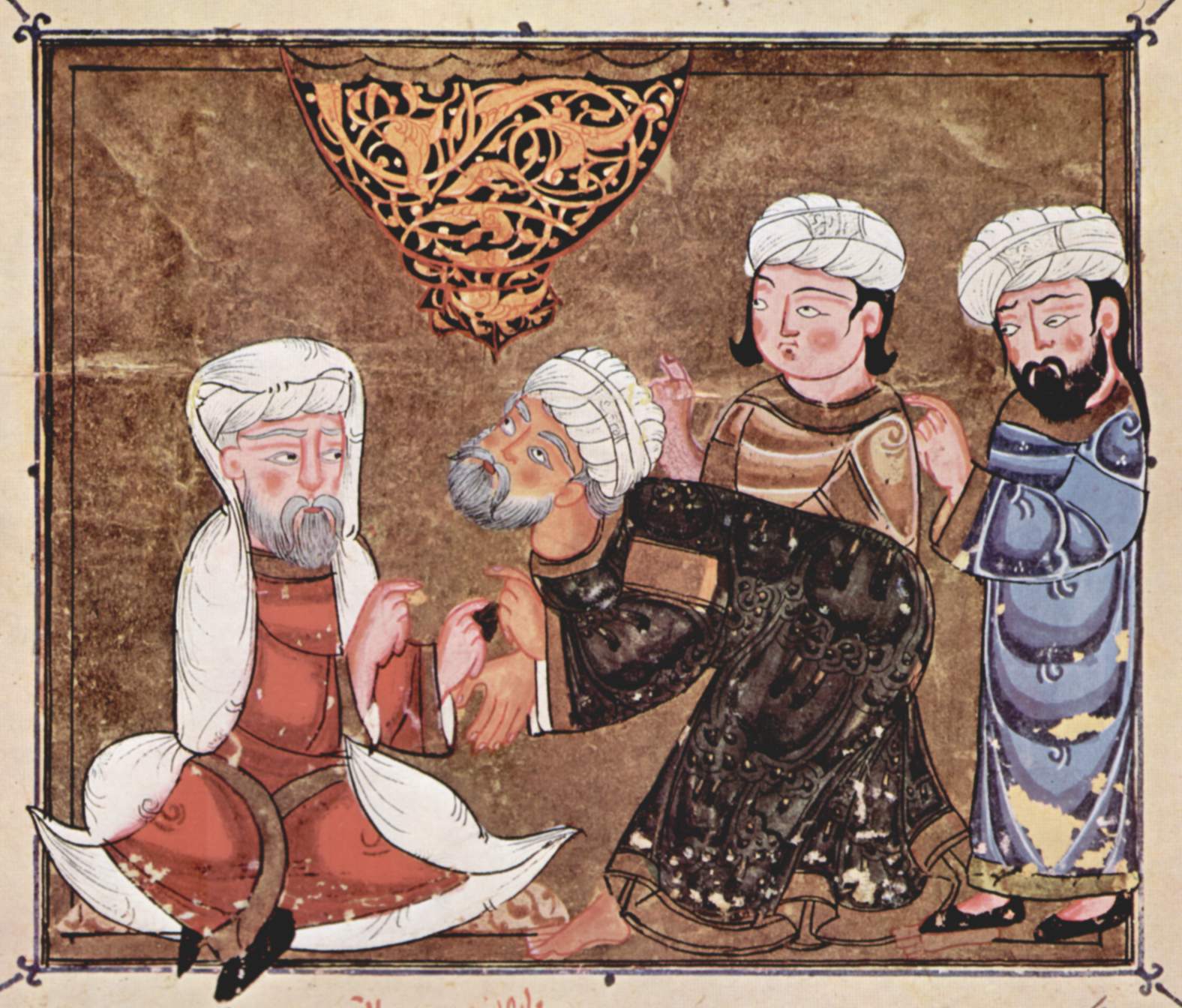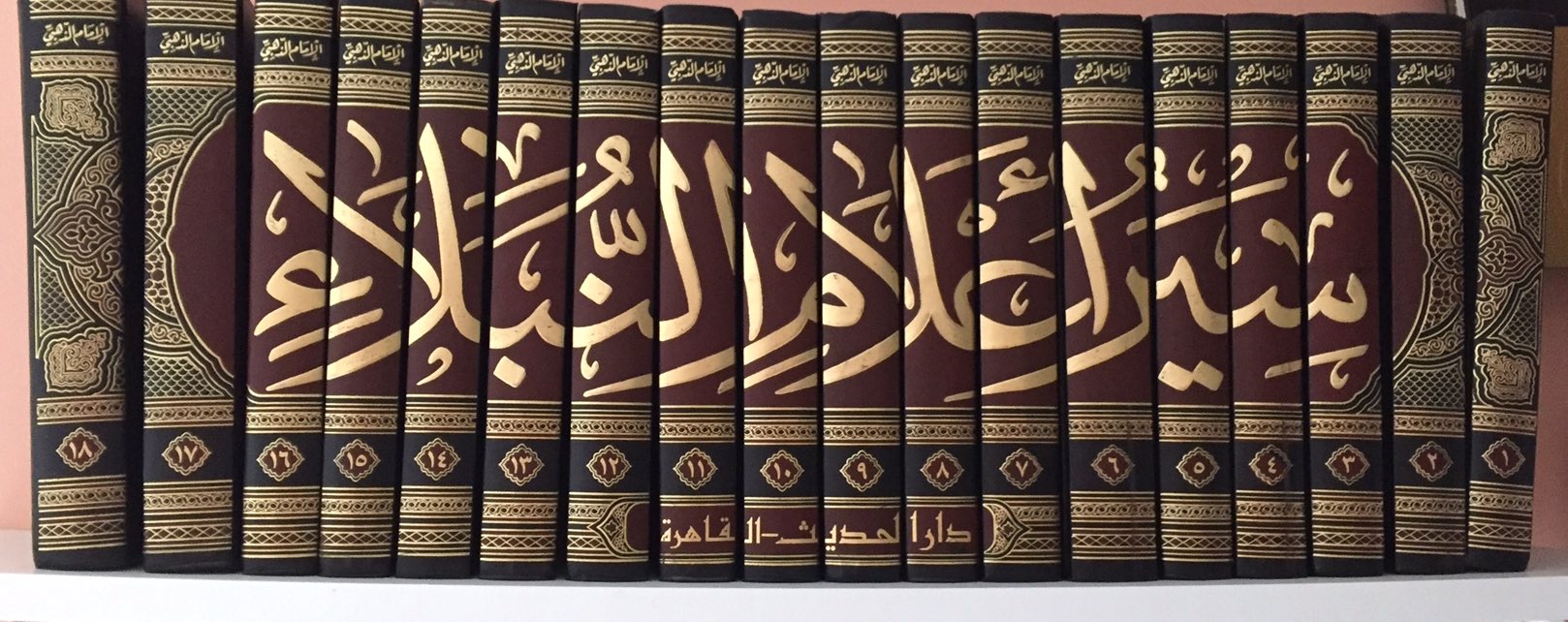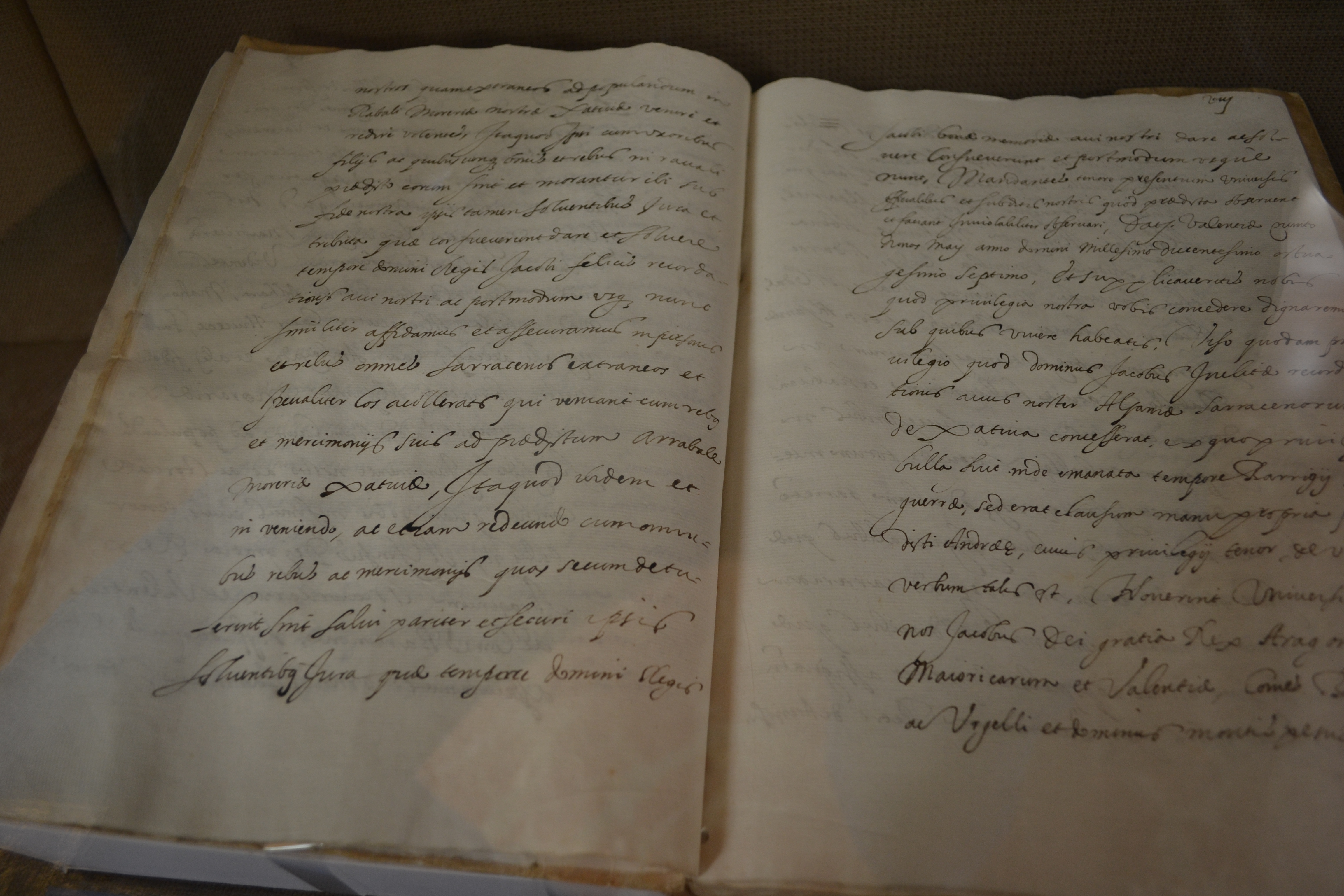|
Battle Of Albacete
The battle of Albacete (5 February 1146) was a confrontation between Sayf al-Dawla (Zafadola), emir of Murcia and Valencia, and an army of the kingdom of León-Castile. The Castilians were victorious. Sayf al-Dawla was captured in the battle and subsequently assassinated. Background There are conflicting accounts of the circumstances that led to the battle. According to the '' Chronicle of the Emperor Alfonso'',An English translation is found in . a Latin Christian source, Sayf al-Dawla requested assistance from the Emperor Alfonso VII of León to suppress a revolt centred on Baeza, Úbeda and Jaén. The emperor sent him troops under the command of Counts Manrique Pérez de Lara, Ermengol VI of Urgell and Ponce de Cabrera, as well as Martín Fernández de Hita. The Arabic Muslim sources, however, portray Sayf al-Dawla as responding to Christian raiding around Xàtiva. These sources—Ibn al-Abbār's ''al-Ḥulla al-siyarāʾ'', al-Dhahabī's ''Siyar aʿlām al-nubalāʾ'' and Ibn ... [...More Info...] [...Related Items...] OR: [Wikipedia] [Google] [Baidu] |
Zafadola
Aḥmad III Abū Jaʿfar ibn ʿAbd al-Malik al-Mustanṣir ( ar, أحمد الثالث أبو جعفر بن عبد الملك المستنصر; died 5 February 1146), called Sayf al-Dawla ("Sword of the Dynasty"), Latinised as Zafadola, was the last ruler of the Hudid dynasty. He ruled the rump of the ''taifa'' kingdom of Zaragoza from his castle at Rueda de Jalón, in what is now Spain. He was the son of Abd al-Malik. After the city of Zaragoza was conquered by the Almoravids in 1110, ʿAbd al-Malik and Sayf al-Dawla fled to Rueda to resist the invaders. There they received help from Alfonso the Battler, king of Aragon. Their state was reduced to the towns of Rueda and Borja and their hinterland. In 1130 ʿAbd al-Malik died. In 1131 Sayf al-Dawla sent messengers to the court of King Alfonso VII of León to propose his rendering homage to Alfonso. The latter sent an embassy led by Count Rodrigo Martínez and the king's counsellor Gutierre Fernández de Castro to Rueda to make ... [...More Info...] [...Related Items...] OR: [Wikipedia] [Google] [Baidu] |
Martín Fernández De Hita
Martín Fernández de Hita ( 1125–1149) was a Castilian nobleman during the reign of Alfonso VII. Martín was the eldest son of Fernando García de Hita and his second wife, , the daughter of Count Ermengol V of Urgell and . As his father had acquired the lordships of Hita and Uceda during his marriage to Estefania, they passed to Martín on his death in 1125. He signed his first document at the royal court on 12 July 1128. He never became a regular courtier, however, only attending court frequently when with the king on campaign. A seal matrix found at Hita bearing the name "Martín Fernández" may be his. Martín may have served as the vicar of his half-brother, Gutierre Fernández de Castro, in Calahorra between 1139 and 1151. He was present at the siege of Oreja in 1139. On 15 February 1143, he was present at the foundation of Valbuena Abbey by his mother. In late January 1143, in advance of Alfonso VII's campaign against Córdoba, Martín and Muño Alfonso were placed in ch ... [...More Info...] [...Related Items...] OR: [Wikipedia] [Google] [Baidu] |
Encyclopaedia Of Islam
The ''Encyclopaedia of Islam'' (''EI'') is an encyclopaedia of the academic discipline of Islamic studies published by Brill. It is considered to be the standard reference work in the field of Islamic studies. The first edition was published in 1913–1938, the second in 1954–2005, and the third was begun in 2007. Content According to Brill, the ''EI'' includes "articles on distinguished Muslims of every age and land, on tribes and dynasties, on the crafts and sciences, on political and religious institutions, on the geography, ethnography, flora and fauna of the various countries and on the history, topography and monuments of the major towns and cities. In its geographical and historical scope it encompasses the old Arabo-Islamic empire, the Islamic countries of Iran, Central Asia, the Indian sub-continent and Indonesia, the Ottoman Empire and all other Islamic countries". Standing ''EI'' is considered to be the standard reference work in the field of Islamic studies ... [...More Info...] [...Related Items...] OR: [Wikipedia] [Google] [Baidu] |
Shahid
''Shaheed'' ( , , ; pa, ਸ਼ਹੀਦ) denotes a martyr in Islam. The word is used frequently in the Quran in the generic sense of "witness" but only once in the sense of "martyr" (i.e. one who dies for his faith); the latter sense acquires wider usage in the ''hadith''. The term is commonly used as a posthumous title for those who are considered to have accepted or even consciously sought out their own death in order to bear witness to their beliefs. Like the English-language word ''martyr'', in the 20th century, the word ''shahid'' came to have both religious and non-religious connotations, and has often been used to describe those who died for non-religious ideological causes. This suggests that there is no single fixed and immutable concept of martyrdom among Muslims and Sikhs. It is also used in Sikhism. Etymology In Arabic, the word ''shahid'' means "witness". Its development closely parallels that of the Greek word ''martys'' ( gr, μάρ� ... [...More Info...] [...Related Items...] OR: [Wikipedia] [Google] [Baidu] |
Abu Muhammad Abd Allah Ibn Iyad
ʿAbū Muḥammad ʿAbd Allāh ibn ʿIyād (died 21 August 1147) was the ruler (''amīr'') of Murcia and Valencia from 1145 until his death. Under the Almoravids, Ibn ʿIyād was a military commander (''qāʾid'') based in Lleida. He led a contingent at the battle of Fraga in 1134 and was credited by Ibn al-Athīr with leading a successful cavalry charge. He was later recruited by Marwān ibn ʿAbd al-ʿAzīz, the ''qāḍī'' (judge) of Valencia to lead the resistance to the Almoravids in Játiva. In March 1145, he persuaded Marwān to accept the post of ''raʾīs'' in Valencia. In October, he seized power in Murcia. When Marwān failed to pay the ''jund'' (army), they replaced him with Ibn ʿIyād in November. He thus came into control of both Murcia and Valencia by the end of 1145. In January 1146, Ibn ʿIyād recognized the authority of Sayf al-Dawla as sovereign, inviting him to form a government in Murcia and Valencia. According to al-Dhahabī, the arrangement was that "Ibn ... [...More Info...] [...Related Items...] OR: [Wikipedia] [Google] [Baidu] |
Qāḍī
A qāḍī ( ar, قاضي, Qāḍī; otherwise transliterated as qazi, cadi, kadi, or kazi) is the magistrate or judge of a ''sharīʿa'' court, who also exercises extrajudicial functions such as mediation, guardianship over orphans and minors, and supervision and auditing of public works. History The term ''qāḍī'' was in use from the time of Muhammad during the early history of Islam, and remained the term used for judges throughout Islamic history and the period of the caliphates. While the '' muftī'' and '' fuqaha'' played the role in elucidation of the principles of Islamic jurisprudence (''Uṣūl al-Fiqh'') and the Islamic law (''sharīʿa''), the ''qāḍī'' remained the key person ensuring the establishment of justice on the basis of these very laws and rules. Thus, the ''qāḍī'' was chosen from amongst those who had mastered the sciences of jurisprudence and law. The Abbasid caliphs created the office of "chief ''qāḍī''" (''qāḍī al-quḍāh''), whos ... [...More Info...] [...Related Items...] OR: [Wikipedia] [Google] [Baidu] |
Albacete
Albacete (, also , ; ar, ﭐَلبَسِيط, Al-Basīṭ) is a city and municipality in the Spanish autonomous community of Castilla–La Mancha, and capital of the province of Albacete. Lying in the south-east of the Iberian Peninsula, the area around the city is known as Los Llanos. Halfway between Madrid and the Mediterranean coast, it enjoys connections by motorway, railway (including AVE), and air (Albacete Airport). With a population of 174,336 (2020), it is the largest municipality of Castilla–La Mancha. The municipality of Albacete is also the seventh-largest in Spain by total area, being . Albacete is the seat to the regional High Court of Justice. The origins of the city are uncertain, with the earliest proof of settlement dating to the time of Al-Andalus, when the settlement was originally named (), meaning "The Flat" in Arabic, referring to the flat land around. Albacete was the main headquarters of the International Brigades during the Spanish Civil War Part ... [...More Info...] [...Related Items...] OR: [Wikipedia] [Google] [Baidu] |
Ibn Al-Kardabūs
Abū Marwān ʿAbd al-Malik ibn Abī l-Qāsim ibn Muḥammad ibn al-Kardabūs al-Tawzarī (''floruit'' 12th–13th century) was a Tunisian historian, perhaps of Andalusian origin. He was born in Tozeur and studied the ''hadith'' and jurisprudence under Abū Ṭāhir al-Silafī at Alexandria. His best-known work is ''Taʾrīkh al-Andalus'', a history of Muslim Spain. His ''Kitāb al-iktifāʾ'' is the earliest source to attribute the title Emperor of the Two Religions to King Alfonso VI of León. He died in Tunis ''Tounsi'' french: Tunisois , population_note = , population_urban = , population_metro = 2658816 , population_density_km2 = , timezone1 = CET , utc_offset1 .... Editions * References * * {{DEFAULTSORT:Ibn al-Kardabus 13th-century Arabic-language writers 13th-century historians from al-Andalus Tunisian Muslims 13th-century people from Ifriqiya 12th-century people from Ifriqi ... [...More Info...] [...Related Items...] OR: [Wikipedia] [Google] [Baidu] |
Al-Dhahabī
Shams ad-Dīn adh-Dhahabī (), also known as Shams ad-Dīn Abū ʿAbdillāh Muḥammad ibn Aḥmad ibn ʿUthmān ibn Qāymāẓ ibn ʿAbdillāh at-Turkumānī al-Fāriqī ad-Dimashqī (5 October 1274 – 3 February 1348) was an Islamic historian and Hadith expert. Life Of Arab descent, Adh-Dhahabi was born in Damascus. His name, ibn adh-Dhahabi (son of the goldsmith), reveals his father's profession. He began his study of hadith at age eighteen, travelling from Damascus to Baalbek, Homs, Hama, Aleppo, Nabulus, Cairo, Alexandria, Jerusalem, Hijaz, and elsewhere, before returning to Damascus to teach and write. He authored many works and was widely renown as a perspicuous critic and expert examiner of the hadith. He wrote an encyclopaedic biographical history and was the foremost authority on the canonical readings of the Qur'an. Some of his teachers were women. At Baalbek, Zaynab bint ʿUmar b. al-Kindī was among his most influential teachers. Adh-Dhahabi lost his sigh ... [...More Info...] [...Related Items...] OR: [Wikipedia] [Google] [Baidu] |
Ibn Al-Abbār
Ibn al-Abbār (), he was Hāfiẓ Abū Abd Allāh Muḥammad ibn 'Abdullah ibn Abū Bakr al-Qudā'ī al-Balansī () (1199–1260) a secretary to Hafsid dynasty princes, well-known poet, diplomat, jurist and hadith scholar from al-Andalus and perhaps the most famous man of letters produced by the city of Valencia ('Balansiya') during the Middle Ages. Life Ibn al-Abbār's family, who were of Yemeni Arab ("al-Qudā'ī") ancestry, had lived for generations in the village of Onda. As an only son, his father, a scholar, a ''faqīh'' (jurist) and a poet, gave him the best education. He was taught by famous scholars of the time, such as Abū l-Rabi 'ibn al-Sālim, and cultivated in jurisprudence and poetry. He also travelled through al-Andalus. In 1222, while in Badajoz, he learned of his father's death; he returned to Valencia, became secretary (''kātib'') to the governor Abū Zayd and married. In 1229 a revolt against the Almohades forced Abū Zayd to flee the city; ... [...More Info...] [...Related Items...] OR: [Wikipedia] [Google] [Baidu] |
Xàtiva
Xàtiva (, es, Játiva ) is a town in eastern Spain, in the province of Valencia, on the right (western) bank of the river Albaida and at the junction of the Valencia– Murcia and Valencia Albacete railways. It is located 25 km west of the Mediterranean Sea. During the Al-Andalus Islamic era, Arabs brought the technology to manufacture paper to Xàtiva. In the 12th century, Xàtiva was known for its schools, education, and learning circles. Islamic scholar Abu Ishaq al-Shatibi's last name refers to Xàtiva where he lived and died. After the Reconquista by Northern Christian kingdoms and the following Christian repopulation, the city became the cradle of one of the most powerful and controversial families of the Renaissance, the House of Borgia, which produced Popes like Callixtus III (Alfonso de Borgia) and Alexander VI (Rodrigo de Borgia). History Xàtiva (''Saetabis'' in Latin) was famous in Roman times for its linen fabrics, mentioned by the Latin poets Ov ... [...More Info...] [...Related Items...] OR: [Wikipedia] [Google] [Baidu] |
Arabic
Arabic (, ' ; , ' or ) is a Semitic language spoken primarily across the Arab world.Semitic languages: an international handbook / edited by Stefan Weninger; in collaboration with Geoffrey Khan, Michael P. Streck, Janet C. E.Watson; Walter de Gruyter GmbH & Co. KG, Berlin/Boston, 2011. Having emerged in the 1st century, it is named after the Arab people; the term "Arab" was initially used to describe those living in the Arabian Peninsula, as perceived by geographers from ancient Greece. Since the 7th century, Arabic has been characterized by diglossia, with an opposition between a standard prestige language—i.e., Literary Arabic: Modern Standard Arabic (MSA) or Classical Arabic—and diverse vernacular varieties, which serve as mother tongues. Colloquial dialects vary significantly from MSA, impeding mutual intelligibility. MSA is only acquired through formal education and is not spoken natively. It is the language of literature, official documents, and formal writ ... [...More Info...] [...Related Items...] OR: [Wikipedia] [Google] [Baidu] |

_01.jpg)


